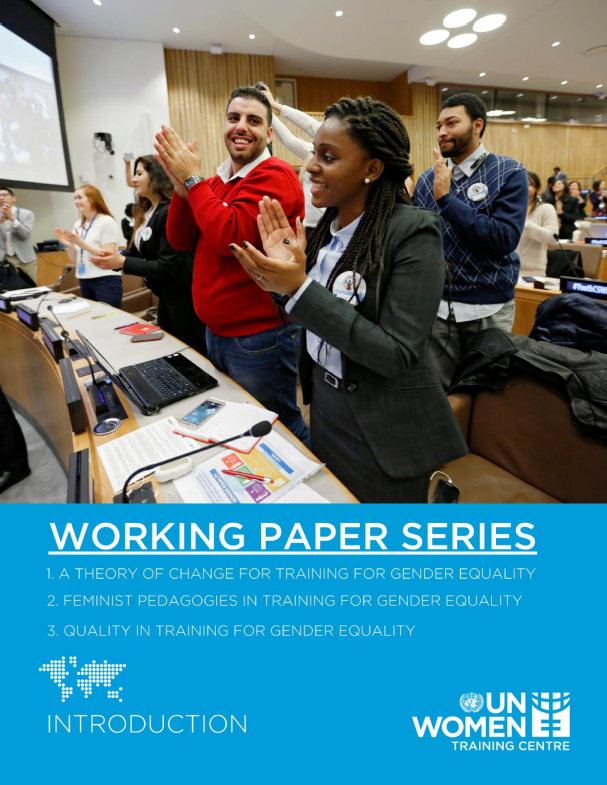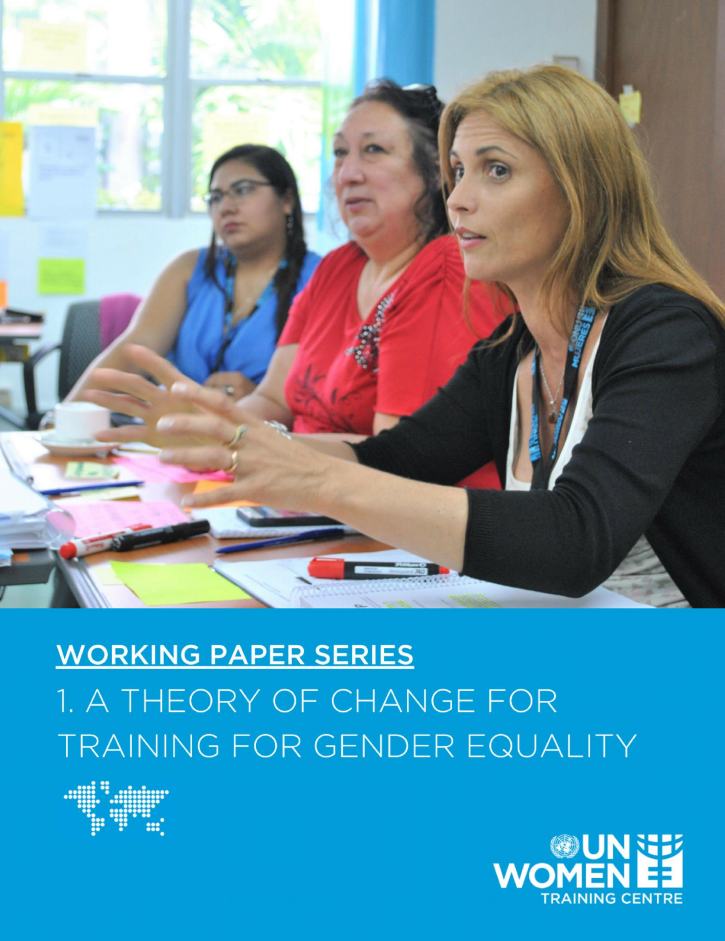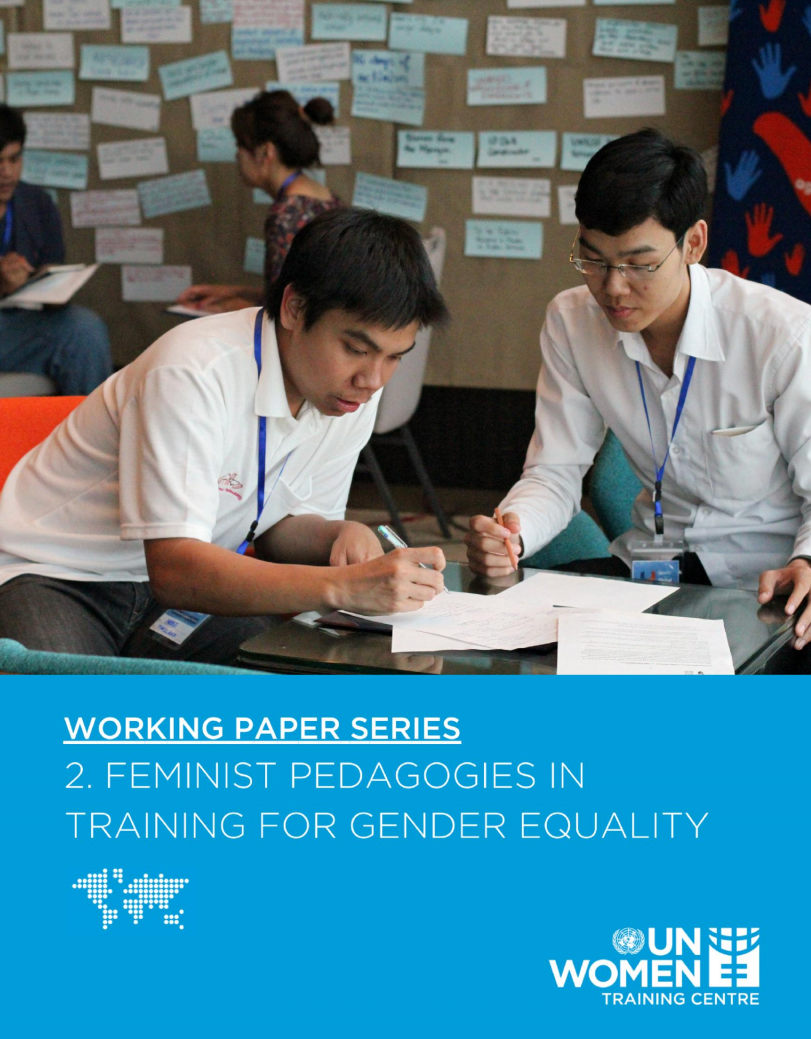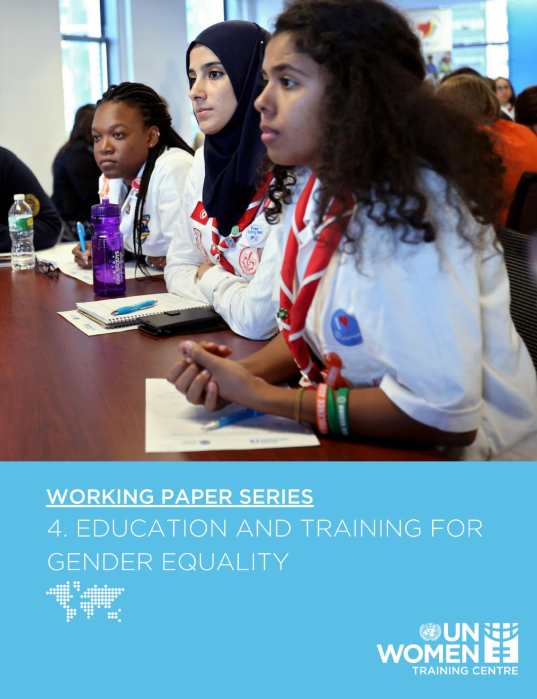Afin de remplir ses missions et ses principes directeurs, le Centre de Formation s'est engagé à produire des recherches fondées sur des données fondées sur la pratique de sujets pertinents dans le domaine de la formation sur l'égalité des sexes. En 2015, le Centre de Formation a publié Formation pour L'égalité des Sexes: Vingt Ans Après, qui propose un examen préliminaire de la façon dont la formation sur l'égalité des sexes a évolué du Programme d'Action de Beijing en 1995 à nos jours. Le document représente une première étape dans la cartographie de la formation sur l'égalité des sexes et l'identification des lacunes dans les connaissances afin de mieux comprendre et contribuer à l'élaboration de stratégies pour progresser dans ce domaine.
Il a été suivi en 2016 par le Recueil de Bonnes Pratiques sur la Formation pour l'égalité des sexes, une compilation de 10 cas exemplaires provenant du monde entier, conçus pour apporter une contribution empirique et analytique visant à maximiser le potentiel transformateur de la formation à l'égalité des sexes. En outre, en 2016, le Centre de Formation a publié sa Typologie de la Formation sur l'égalité des Sexes , qui propose une classification des «types» de formation pour aider les commissaires à planifier, élaborer, concevoir, dispenser et évaluer des activités liées à la formation de façon plus stratégique et réaliste. Le document de travail vise également à contribuer à la normalisation de la terminologie dans le domaine.
Sur la base de ces publications, le Centre de Formation a récemment produit trois Documents de Travail sur la théorie du changement, les pédagogies féministes et la qualité. Les documents peuvent être lus ensemble ou individuellement. Leur objectif est d'informer sur la pratique du Centre de Formation, ainsi que de promouvoir le débat et l'échange entre les principaux acteurs et praticiens dans le domaine.
Cliquez ci-dessous pour accéder à l'introduction et aux documents:




